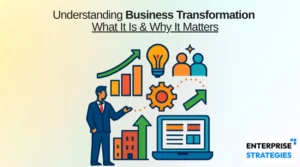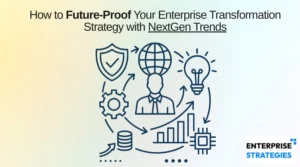 Everyone knows that businesses are rushing to cash in on the popularity of social media. However, trends show that non-profit organizations are also capitalizing on social media. In a recent study, Craig Newmark discovered that 92% of the top non-profits in the United States are online, almost identical to the 94% of corporations using some form of social media. Like any for-profit company, non-profit organizations must carefully consider their online presence. What should non-profits be thinking about with social media interaction?
Everyone knows that businesses are rushing to cash in on the popularity of social media. However, trends show that non-profit organizations are also capitalizing on social media. In a recent study, Craig Newmark discovered that 92% of the top non-profits in the United States are online, almost identical to the 94% of corporations using some form of social media. Like any for-profit company, non-profit organizations must carefully consider their online presence. What should non-profits be thinking about with social media interaction?
Define A Purpose & Strategy
Since most non-profits are already online, they need to establish a social media management strategy that is regularly evaluated and updated to ensure their channels are building support for their mission or cause–such as raising awareness or money. For example, you might want to look into using kenji in order to increase your following, thus providing you with a greater platform to reach more people. Using free instagram followers services similar to SocialFollow could also be a helpful way of increasing your following on social media. Lauren Schultz is the Manager of Marketing, Communications and Special Programs for the Ronald McDonald House Charities (RMHC), a non-profit social media forerunner that provides support and vital resources for children and families so they can get and keep their children healthy and happy. She manages daily social media operations for RMHC which, in her words, are designed as “a way for us to reach more people, connect with and engage current and potential supporters on a daily basis, and hopefully wrangle them in to become volunteers and donors of the Charity.” With this purpose in mind, RMHC aligns their social media tactics to cultivate connections and strengthen relationships with individuals online.
Pick The Right Outlet(s)
Facebook and Twitter have become standard for almost every non-profit, but organizations need to focus on the right type and number of social media outlets that reach their target audience. A variety of other social tools, including Google+, Pinterest, Flickr, and Slideshare, allow non-profits to express their messages in creative ways with greater user engagement. Ensuring a page is visually appealing is particularly important. On Facebook for example, the first thing a visitor to the page can see is the cover photo – making sure the cover photo size is correct is therefore crucial. Though RMHC has identified their strongest presence on Facebook (“People on our page really see it as an extension of the House program,” Schultz says), they are also experimenting with newer sites like Pinterest. “When we launched the RMHC presence [on Pinterest], we asked our Chapters to come together under one brand page and then within it we would host boards for local Chapters…We’ve seen follows and engagement increase system wide at a much higher rate than if we hadn’t aggregated the system.” By selecting the right forms of social media for their demographic, RMHC has seen rewards of increased exposure online–at both the local and national level.
Measure Success (& Failure Too!)
Because non-profits often operate with very limited resources, it is essential for them to measure the the success of their social media investments against their goals. RMHC tracks “consumer sentiment, share of voice in the charitable landscape, engagement rates, qualitative outtakes, and web traffic” among other statistics as part of their social media analysis. This type of information helps non-profits like RMHC allocate staff and supplies in the most effective way online to develop connections. For example, Schultz says “We attach our social media efforts to our donation goals. With increased fan/follower bases and engagement rates we want to see increased donations. Our social supporters are some of our greatest advocates, and we ultimately want to convert them into lifelong donors of the Charity.” Measuring success allows social media teams to determine if something is not working and adjust their strategies accordingly in real-time.
Offer Great Content
Without great content, even the best non-profit social media strategy, channels, and measurement systems will falter. Non-profit organizations must provide dynamic, relevant content–photos or videos, shared content and links–to encourage interaction with new and old supporters, potential sponsors, and other non-profits. Quick analysis of the Facebook and Pinterest accounts for RMHC shows a focus on diverse content including photos, articles, inspirational quotes, and children’s artwork that complement their image as a home away from home. “We…talk a lot about social media bringing the community and support found within the walls of a Ronald McDonald House program online,” Schultz says. Such a social media transition starts with solid content–something RMHC has recognized.
Schultz puts it best when it comes to non-profits like RMHC and social media. “I think we have developed something amazing through our social channels, and we will continue to invest time and resources in making these sites better, more relevant, and more engaging through the years.” More than ever before, social media allows non-profits to reach out to a community of people who may have been previously inaccessible–but are now a “like,” “tweet,” or “pin” away from being their next major advocates.
Check out the exciting things Ronald McDonald House Charities is doing on Facebook, Twitter, Flickr, YouTube, Pinterest, and Google+. Special thanks to Lauren Schultz for her invaluable contribution to this article!





